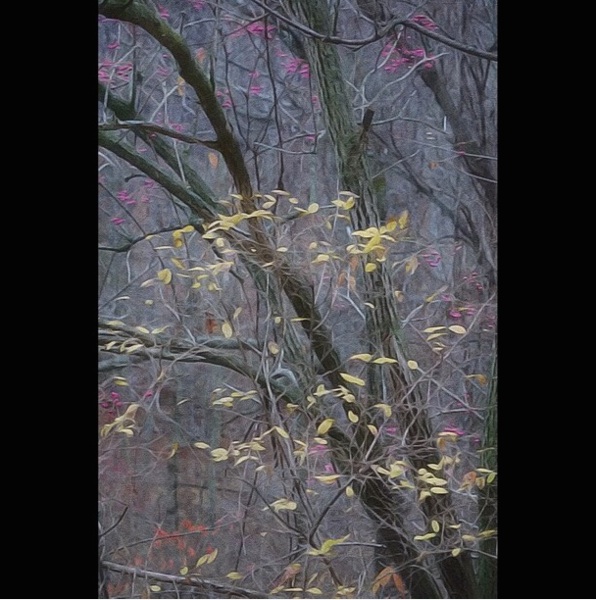Insta-sales
This gushing account of how Instagram is disrupting the supply chain of fine art cracked me up, it sounded so over-the-top. In due time, I’m going to devote my Instagram mostly to my painting, and I’ll report on whether or not His Serene Highness Pierre d’Arenberg will allow my paintings to dry before he sends me his credit card number for the overnight shipping. I guess I’m expecting something a little less hectic than the feeding frenzy offered here by Vogue:
The social media platform is not only launching the career of under-the-radar artists, it is providing the world with an entirely new way to access art. Where artists once had to first get support of the art world elite—critics, galleries and big name collectors, which would eventually lead to museum shows—before reaching the monied masses, today artists use Instagram as their own virtual art gallery, playing both dealer and curator while their fans become critics and collectors, witnessing the creative process in real time.
“I can post a painting and it will sell before the paint is dry,” explained artist Ashley Longshore,whose glossy crystal-covered canvases are regularly bought straight off her Instagram feed for upwards of $30,000. The 37-year-old is based in New Orleans but will often ship her artworks directly from her Uptown studio to London, Tokyo, and Switzerland, where she recently sold a painting to His Serene Highness Pierre d’Arenberg for an undisclosed amount. “My collectors will text and email me their credit card details, they mail checks; it is literally a frenzy to see who can whip out their AmEx first!” admits Longshore, whose nearly 2,000 Instagram followers, and subsequent clients, include the likes of Blake Lively, the former President of Time Inc. Digital, Fran Hauser, and “one of the wives” of the Rolling Stones. “Technology is the platform of my business: All I need is my iPad, my Instagram and a delivery truck to haul all of this gorgeousness to the new homes where they will hang.”
“Like many technology disruptions, it levels the playing field,” says Kenneth Schlenker, the CEO and cofounder of Gertrude.co, a recently launched online platform where New Yorkers can sign up for modern-day art salons that bring collectors and the curious together to learn about, discuss and buy contemporary art in informal settings. “It used to be impossible for an artist to reach a massive audience directly,” he said, adding that “what is happening to art is comparable to what happened to music: The cards have been reshuffled.” Musicians don’t necessarily need record companies to distribute their work anymore—anyone can put an mp3 up on SoundCloud or video on YouTube and reach millions. Similarly, Schlenker says, Instagram gives artists the ability to control the way their story is told, and find people who want to hear it.
You know, these days, it can be hard to get real gorgeousness for only $30,000. No wonder it’s flying off the easel.
The comparison to music is a good one, and the Internet has allowed creators to eliminate middlemen left and right, yet the consumer/connoisseur is desperate to replace them. I don’t go searching for new music by scrolling through sites where unknowns post work: I listen to critics play me a sample of what they like, which is about as old school as it gets, except for the fact that I’m downloading podcasts to hear them: Sound Opinions, All Songs Considered. Maybe Instagram is different, but if all artists get a handle and start posting, how is anyone going to sort it all out, except by accidentally stumbling onto something good?
There may be ways, with hashtags, to get work noticed. This online piece from Agora Gallery actually offers step-by-step instructions on what to do with an Instagram feed, and is more informative than Vogue, though it’s pretty much common sense. So I’m still dubious:
- Keep it interesting and personal – Instagram is not simply about your art, but also your brand and your daily life.
- High Quality Images – This may be obvious, but make sure your images are high quality and reflect your work and vision.
- Post at certain hours – 2 a.m. and 5 p.m. EST are the best times to post if you want your followers to pay attention to you; the worst times are 9 a.m. and 6 p.m.
- Use hashtags of course – Agora offers a separate piece on hashtags. Up to eight. They offer a pretty long list of common ones.
- Follow other artists – Naturally.
Best time to post: 5 p.m. Worst time: 6 p.m. Go figure. Imagine the pressure in the Koons studio as 6 p.m approaches and his minions bobble their smartphones as they frantically struggle to get the work out there before the dinner hour.

Comments are currently closed.